1. Cows — Too Gentle for the Wild
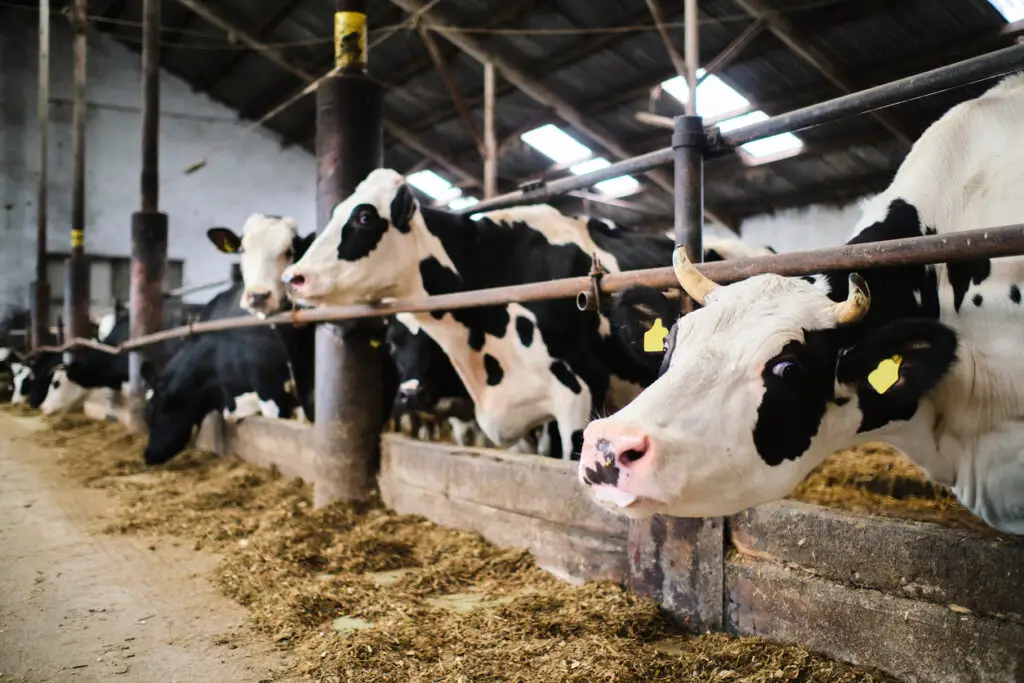
Cows today are far from their wild ancestors, the aurochs, which are now extinct. Over generations, humans bred cows to be docile, calm, and slower-moving, traits perfect for farming but disastrous in nature. Their gentle demeanor means they lack the instincts to flee predators or fend for themselves. Unlike their wild relatives who could graze and survive in varied landscapes, modern cows rely on human care for food, shelter, and protection. Their heavy bodies and limited agility wouldn’t hold up outside a farm environment, making it nearly impossible for them to exist without us. Essentially, cows are living reminders of how domestication has transformed wild strength into peaceful dependency.
2. Pugs — The Cute but Fragile Companion
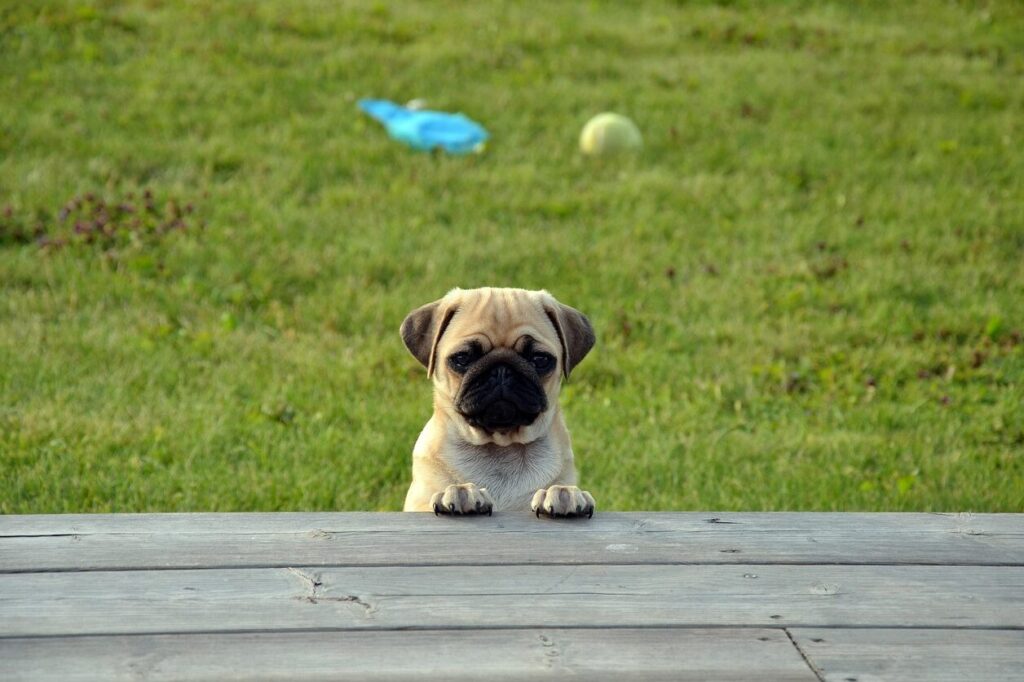
Pugs owe their existence to human desires for cuteness rather than survival skills. Their adorable, squished faces that charm many also bring serious breathing problems, making it tough for them to thrive outside a controlled environment. Without regular veterinary care and regulation of their surroundings, pugs would struggle to catch a breath, let alone escape dangers in the wild. Their physical traits, intentionally bred over decades, are actual handicaps in nature. So, while you might see these little dogs curled up comfortably at home, they wouldn’t last long on their own in the unpredictable outdoors.
3. Domestic Chickens — Flightless and Vulnerable
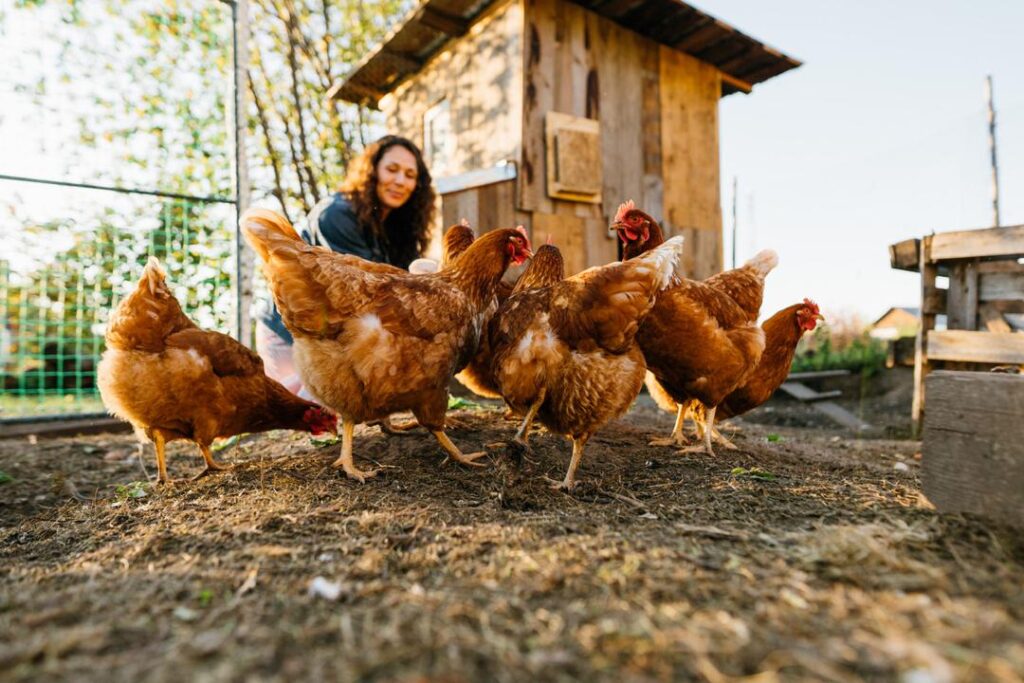
Today’s chickens have strayed far from their wild junglefowl ancestors. Selective breeding has made them heavier and less capable of flight, leaving them defenseless against predators. Unlike wild birds that could flee and forage effectively, domestic chickens are slow and vulnerable, needing human protection for survival. Their bodies are built for rapid growth and egg production rather than endurance. This dependency means chickens wouldn’t survive a day in the wild, as they lack the natural instincts and physical abilities to find enough food or escape threats.
4. Labrador Retrievers — Gentle Family Helpers
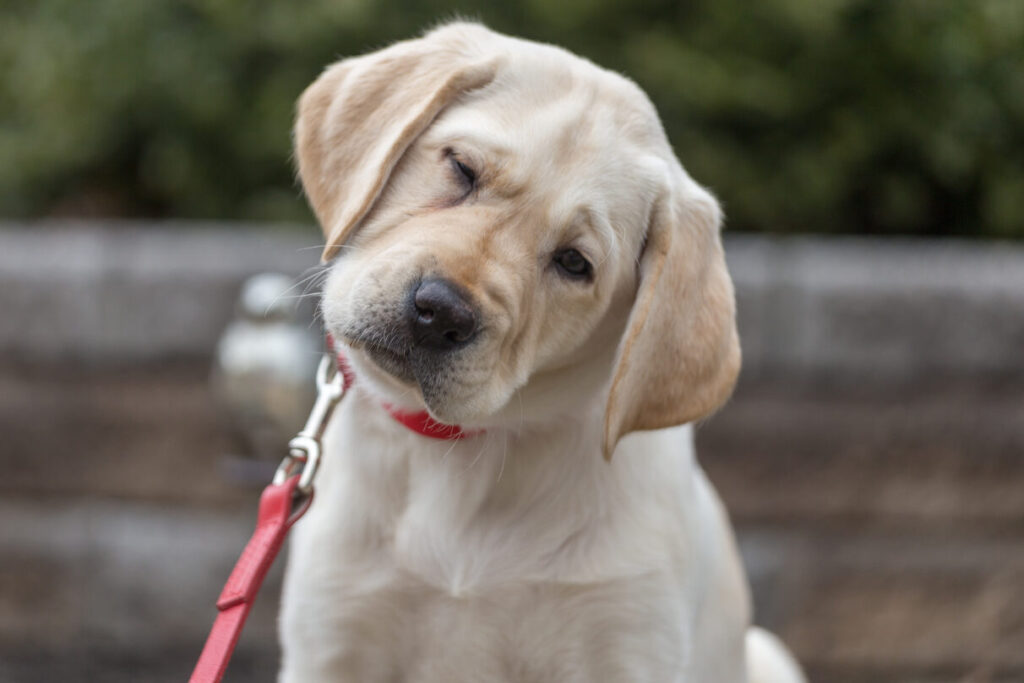
Labradors are some of the most popular dogs, known for their gentle and obedient nature. This breed was developed for retrieving and companionship, not for the demands of hunting or surviving alone. Their trusting and calm temperament fits perfectly into family life but would be a disadvantage in the wild. Labs rely on humans for food, shelter, and guidance. Without people, they lack the skills to fend for themselves or to endure the challenges of wilderness survival. Their existence beautifully illustrates how dogs have adapted to coexist alongside humans rather than to live independently.
5. Silk Moths — Silent and Flightless
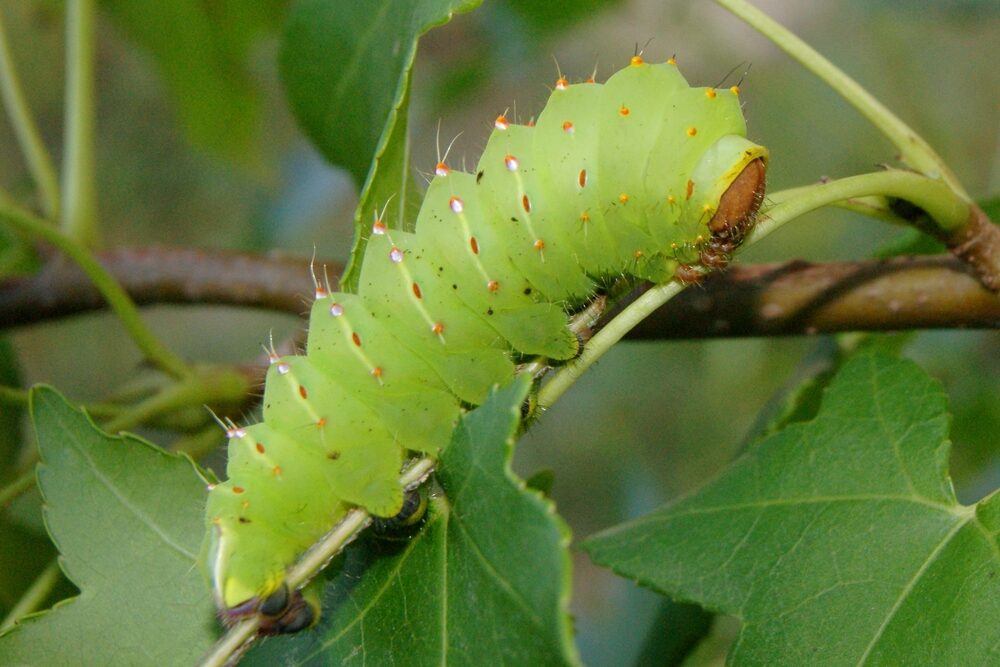
Silk moths have been bred for thousands of years to produce silk, undergoing dramatic changes that make them completely dependent on humans. These moths can’t fly well, find their own food, or dodge predators, essentially making them captive creatures. In the wild, such vulnerability would be a death sentence. But humans protect and care for them so they can continue spinning silk fibers. Their survival is tied to us, showcasing a form of domestication quite different from animals with mobility and instinct but just as complete in its dependence.
6. Domestic Sheep — Woolly but Vulnerable
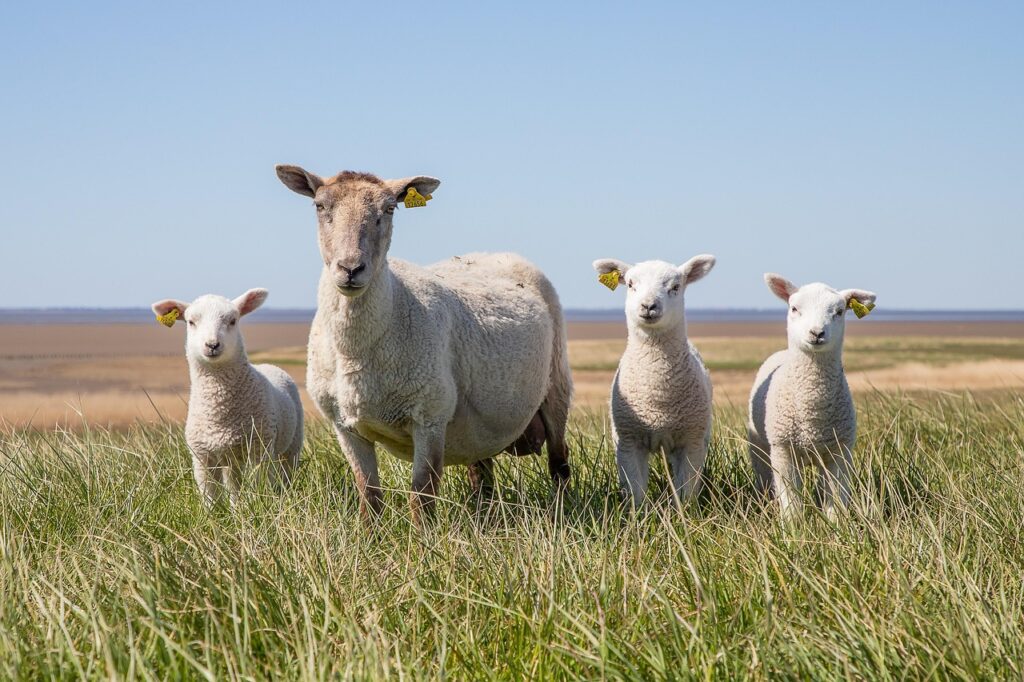
Modern sheep have been bred primarily for wool production, which has left them with heavy, dense coats they can’t shed naturally. Unlike wild sheep that shed their coats seasonally, these domestic breeds depend on humans to shear them regularly to avoid overheating or health issues. Their selective breeding for docility and wool quality also reduces their ability to escape predators or find food independently. Without human intervention for protection, grooming, and care, domestic sheep would struggle to survive in the wild, highlighting how much their existence is intertwined with human hands.
7. Goldfish — Beautiful but Defenseless
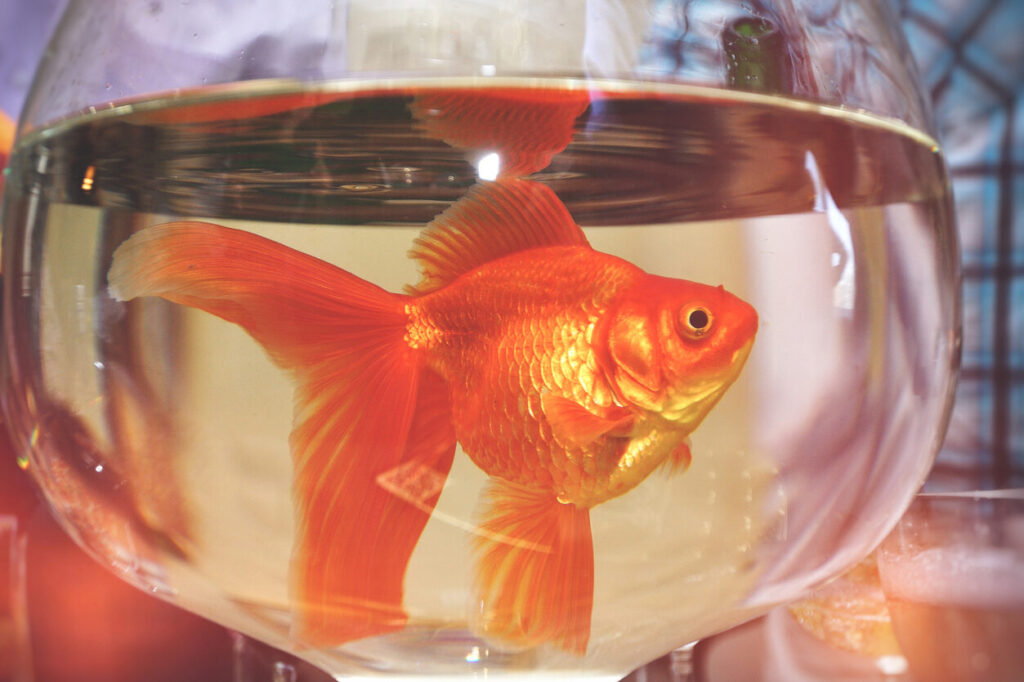
Originating from wild carp, goldfish were selectively bred for their shimmering colors and calm nature. Unlike their wild cousins that have survival instincts and a natural habitat, goldfish are bred to be ornamental pets. Their bright colors, while striking in an aquarium, make them easy targets for predators if released into open water. They also lack the behavioral instincts and physical capabilities to evade threats or seek out food on their own. Without the controlled environment we provide, goldfish would have little chance in the wild, showcasing the cost of beauty in domestication.
8. Commercial Turkeys — Too Heavy to Fly
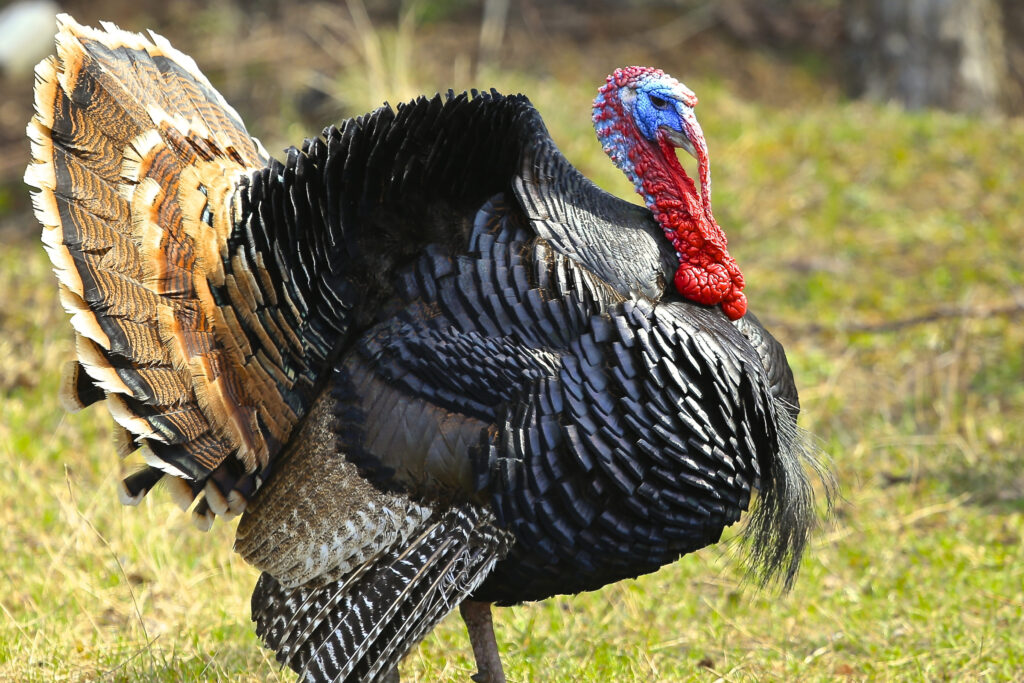
Farm-raised turkeys have been bred for larger size and meat production, leading to bodies too heavy for flight. This breeding has caused significant challenges: these turkeys cannot escape predators by flying and even require human assistance for breeding. Their energy and mobility are severely limited compared to wild turkeys, which can fly short distances to avoid danger. Commercial turkeys are reliant on humans not just for food but also for survival techniques like reproduction, making them another example of animals shaped entirely around human needs.
9. Toy Poodles — Delicate Companions
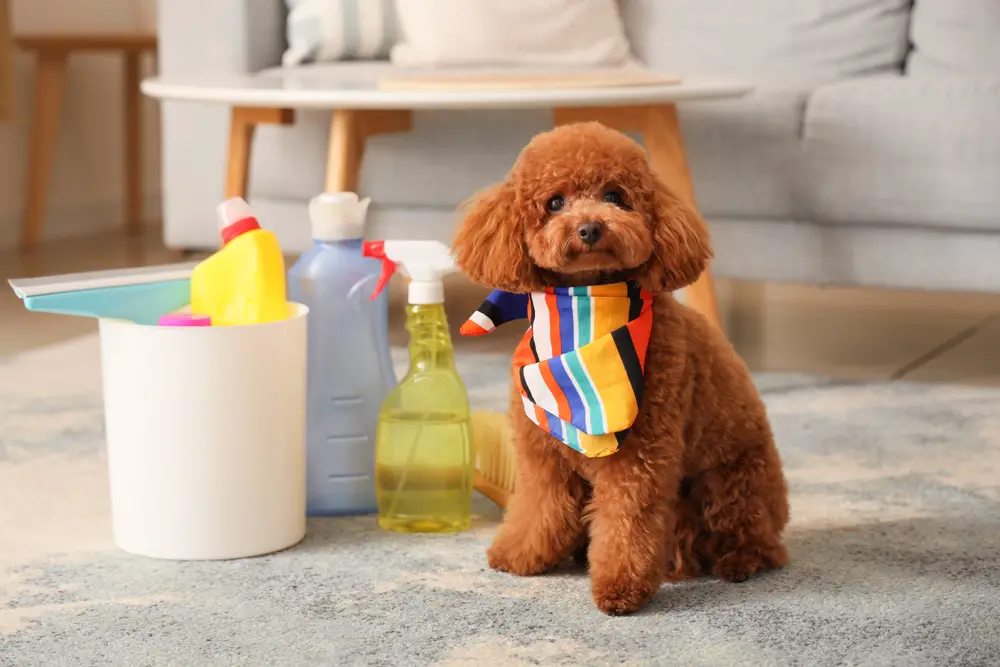
Toy poodles are tiny, fluffy dogs designed for companionship and style, not survival skills. Their small size and delicate build mean they require constant care, including regular grooming to maintain their coats and overall health. In the wild, toy poodles would be vulnerable to predators and environmental challenges. Their personalities and grooming needs make them perfect lap dogs but ill-equipped for independent life, emphasizing how some breeds exist purely to brighten human lives rather than live autonomously.
10. Guinea Pigs — Gentle and Trusting
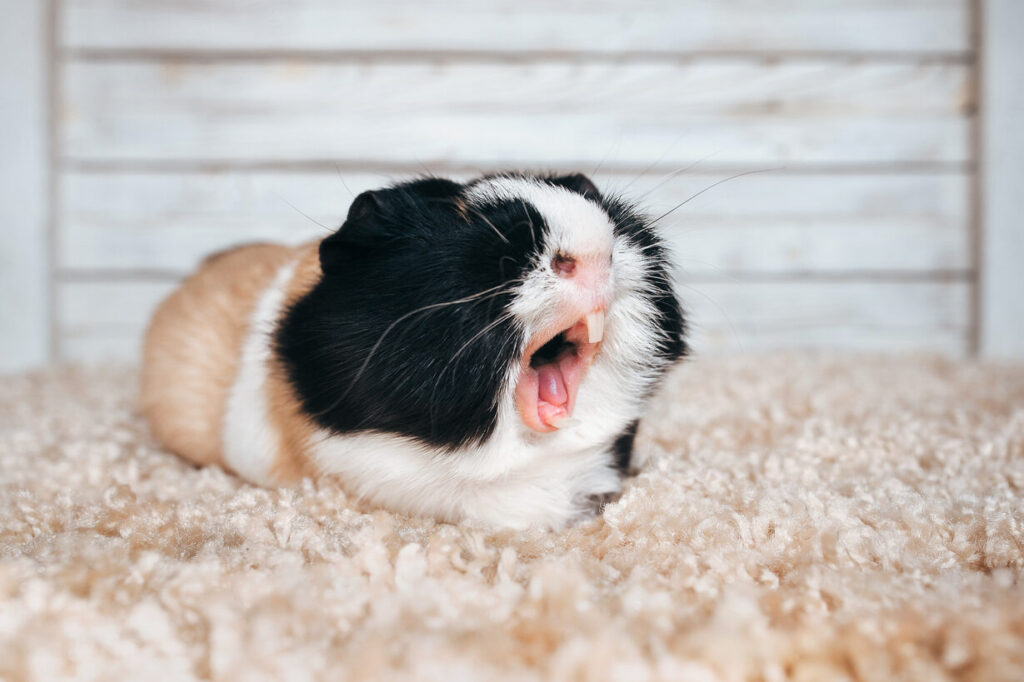
Domesticated guinea pigs were first tamed in South America thousands of years ago. Over that time, they’ve lost any wild survival skills, becoming gentle, trusting pets. In nature, their soft nature and inability to escape quickly would put them at great risk from predators. Guinea pigs rely on humans for food, shelter, and protection. Their calm demeanor and preference for domestication mean they wouldn’t sustain themselves long in the wild, underscoring the profound effect domestication has had on their evolution.
11. Belgian Blue Cattle — Muscle-bound but Fragile
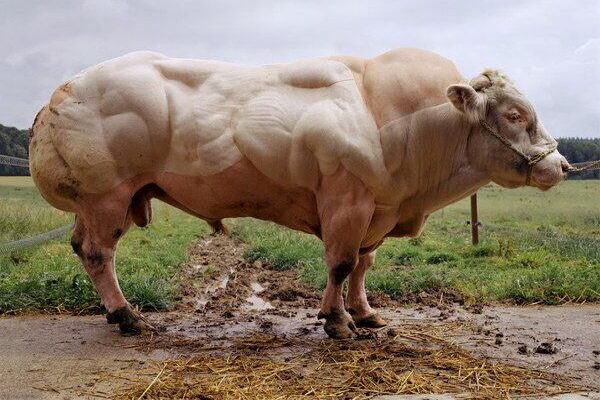
Belgian Blue cattle are famous for their extreme muscle mass, a result of selective breeding for meat production. This impressive physique, however, comes with significant health challenges. Their muscles are so bulky that natural births are almost impossible, making cesarean sections a necessity for calves to be delivered safely. The breed also struggles with mobility and basic survival skills. Without constant human care, from birth assistance to feeding and protection, Belgian Blues simply couldn’t survive on their own. They embody how breeding for specific traits can come at the cost of natural independence.
12. Domestic Rabbits — Tame and Soft
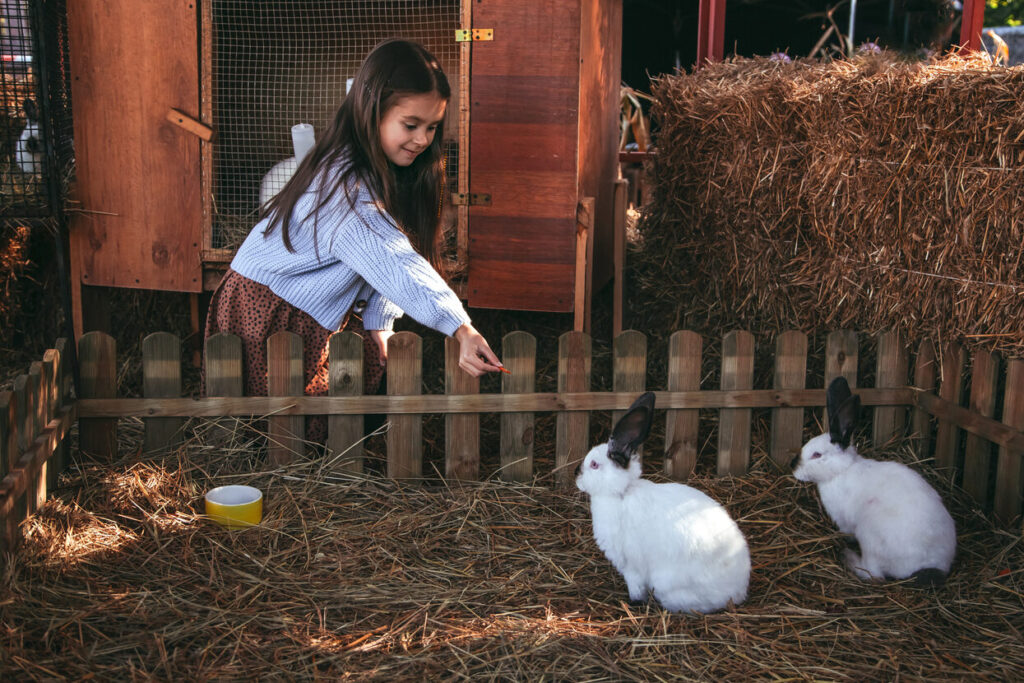
Unlike their wild cousins, domestic rabbits have been bred for tameness and soft fur, which makes them less alert and slower. These rabbits lack the sharp instincts and agility wild rabbits use to evade predators. Their gentle nature and reliance on humans for food and shelter make them vulnerable in the wild. They wouldn’t be able to compete for resources or protect themselves effectively. Domestic rabbits highlight another way humans have created animals intended for companionship or product use rather than survival skills.
13. Domestic Pigeons — City Dwellers Dependent on Humans

Domestic pigeons, often seen in cities worldwide, descend from wild rock pigeons but have been selectively bred for various traits like color, homing ability, and temperament. Many fancy breeds and homing pigeons rely heavily on humans for food and shelter. Unlike their wild cousins, domestic pigeons often lack the instincts and skills needed to fend for themselves over the long term, especially in urban environments filled with hazards. While feral pigeons can survive independently, most domesticated varieties would struggle without human care, showing how even common city birds have been shaped by human influence.
We created these animals for comfort, beauty, or utility. But in doing so, we took away their ability to live wild. If you liked this story, give it a thumbs up, share it, or send feedback to mgitter@gmail.com!
This story 13 Animals You Will Never See in the Wild was first published on Daily FETCH


